Working since 1995 at BUF Company, Geoffrey Niquet has participated in projects such as BATMAN & ROBIN, FIGHT CLUB or THE CELL. It becomes VFX supervisor in 2004 on ATOMIK CIRCUS and has since overseen the effects of films such as SPEED RACER or THE EXTRAORDINARY ADVENTURES OF ADELE BLANC-SEC.
What is your background?
A graduate from Sup Info Com, I joined BUF Company in 1995 after a brief experience in video games.
What is the approach of Gaspar Noé with visual effects?
He has an experimental approach. Even though he had a pretty good idea of the effect he wanted, he always left space for interpretation in order to generate new ideas from the unsaid. It’s fun for the graphic artist who with this type of process has an opportunity to be creative. The downside is that an effect was never validated until all the opportunites were explored… This experimental approach was made possible due to BUF’s status as co-producer.
What references and explanations did he give you in order to create the shots in which Oscar uses drugs?
Gaspar began to explain each type of drug consumed by Oscar, the impressions they evoke, but did not associate them with specific visual effects. Then during a long research period we assembled a catalog of possible effects to illustrate these different moments. They had begun either from the proposals made for this purpose or from research done at the start of other effects. Gaspar had then only to choose.
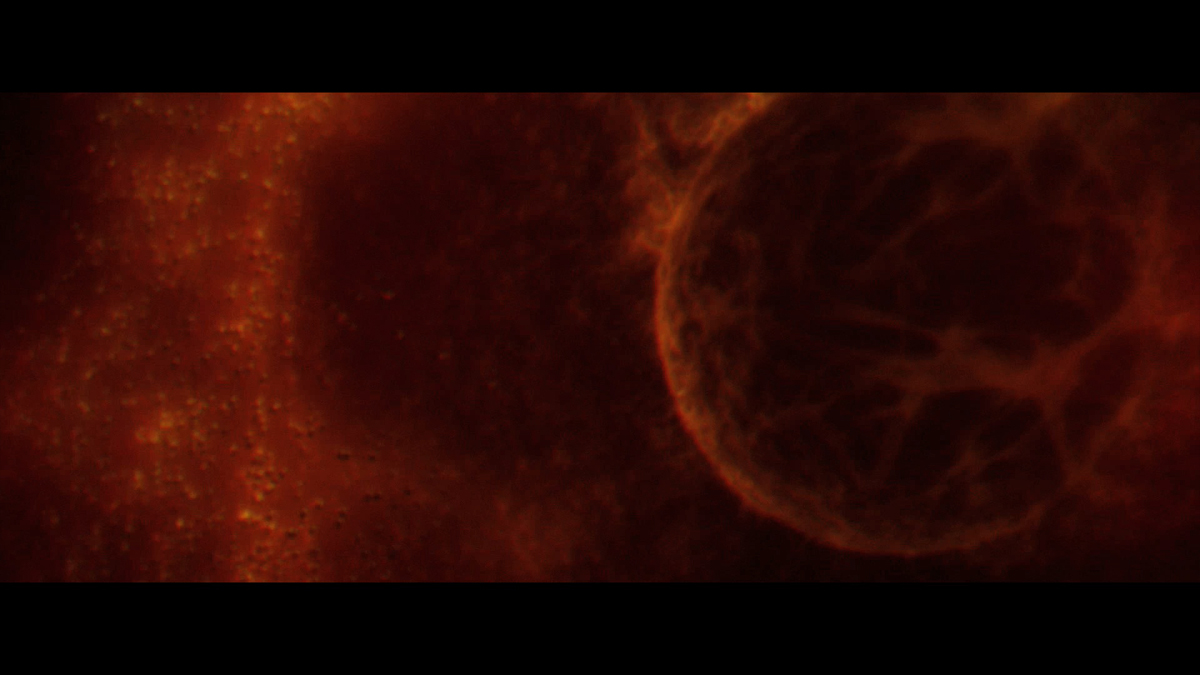 |
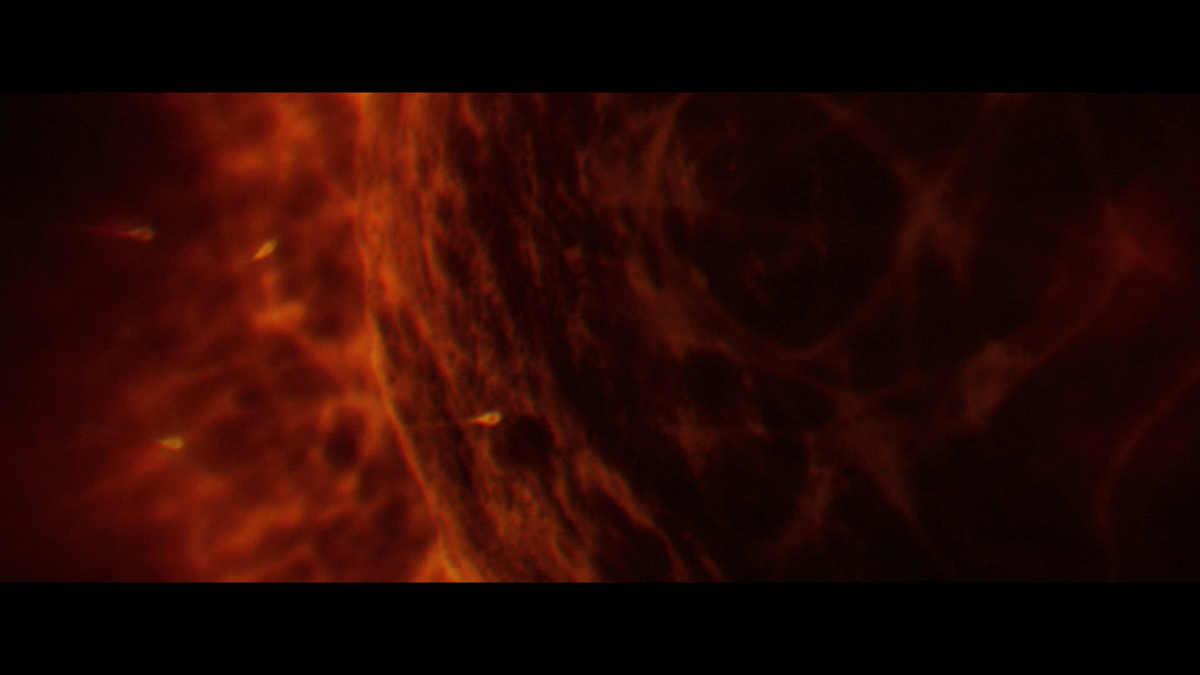 |
How did you create the shot very dreamlike and hallucinatory in Oscar’s apartment?
For DMT hallucinations, the challenge was to visually recreate the feeling that this drug can generate. Theys images had to be beautiful, impressive, alarming, and organic. One of our references was the work of the botanist Édouard Marie Heckel.
Did you create previz before the shooting?
No, although the final film is very close to the script, it’s still an experimental project and the VFX work resulted in plenty of research up until the final delivery of the film. On the set, the team had a crane and the movements were improvised by Gaspar himself according to the acting and the topology of the locations. In preparation, we had nevertheless made a series of tests so that Gaspar had an idea of the effects while shooting. Some tests were used to consider the VFX in post, others had been abandoned in favor of new ideas.
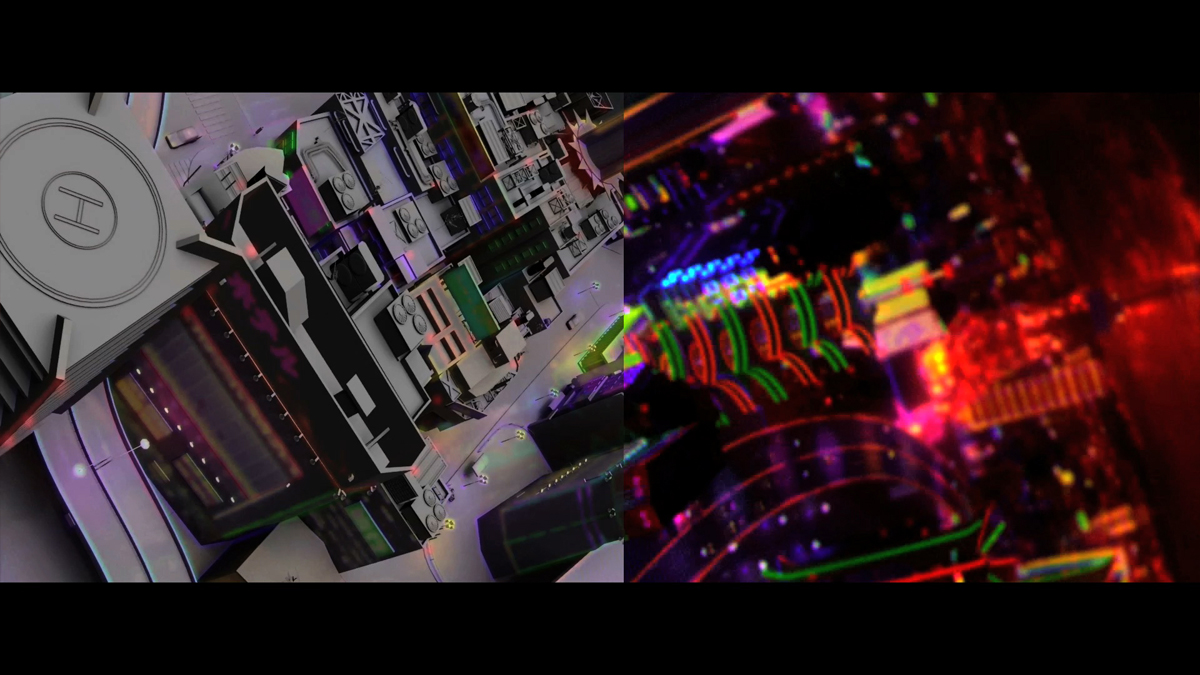 |
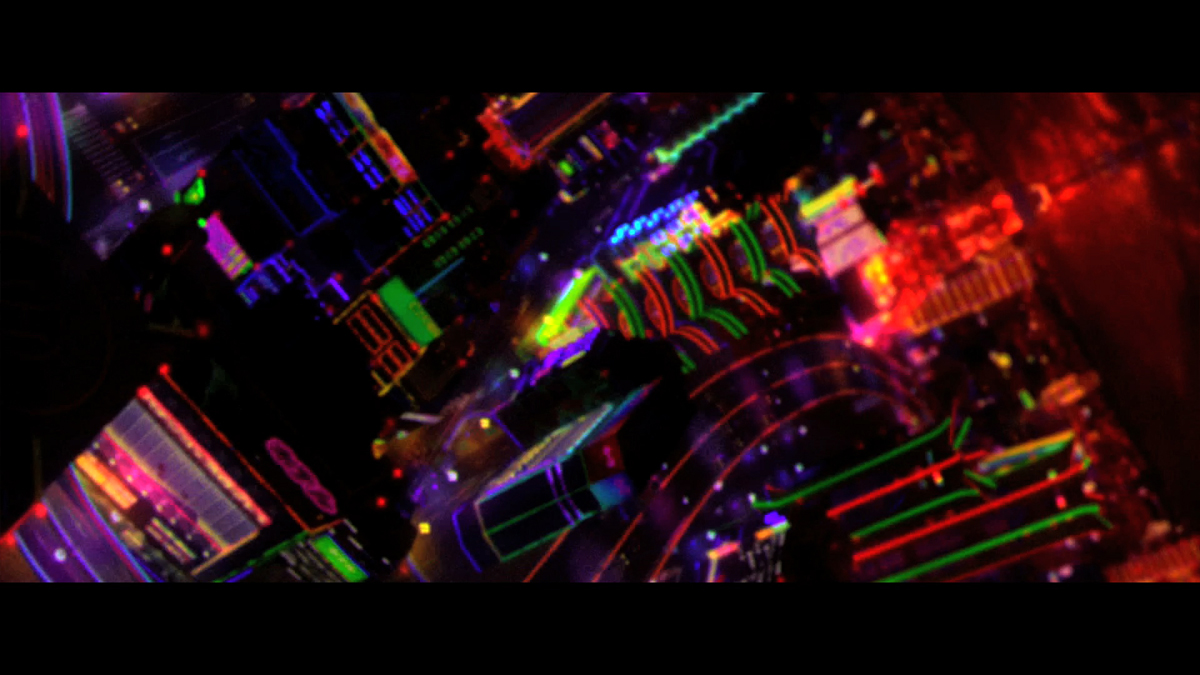 |
How was the shooting in Tokyo? Did you use bluescreens or roto?
The device on the set was light. We just used some greenscreens behind the windows and sometimes we used some trackers markers in order to track the frames later. However, there was a lot of work taking pictures in parallel in order to create 3D movement of Oscar’s spirit through Tokyo.
The movie conitinually goes from a real plate to a full CG plate within the same shot. How did you manage these transitions?
In most cases we rotoscoped and re-projected the end of the real movement in order to re-edit in 3D. In this way we could ensure that the camera is perfectly fluid from one world to another. However, the border was actually not so straightforward. Shots that were exiting from live action often required a camera and 3D work in order to: smooth the motion, remove a shadow or reflection, make a set extension, add a piece of furniture, mix two takes, reduce the depth of the field…
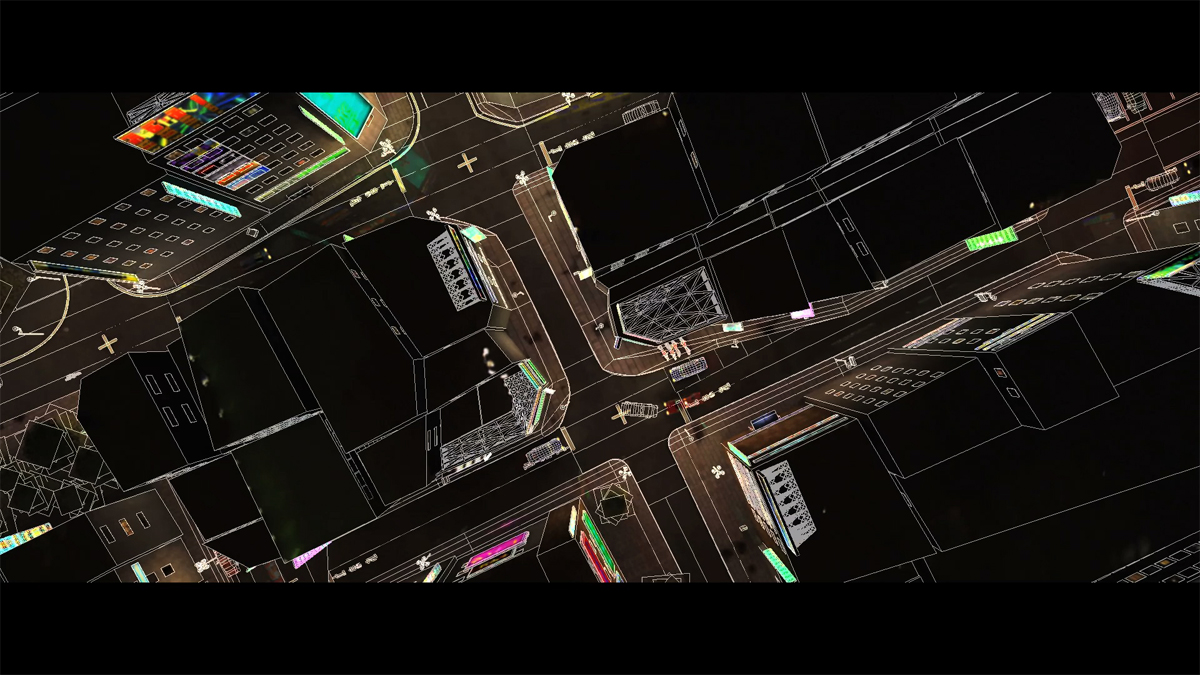 |
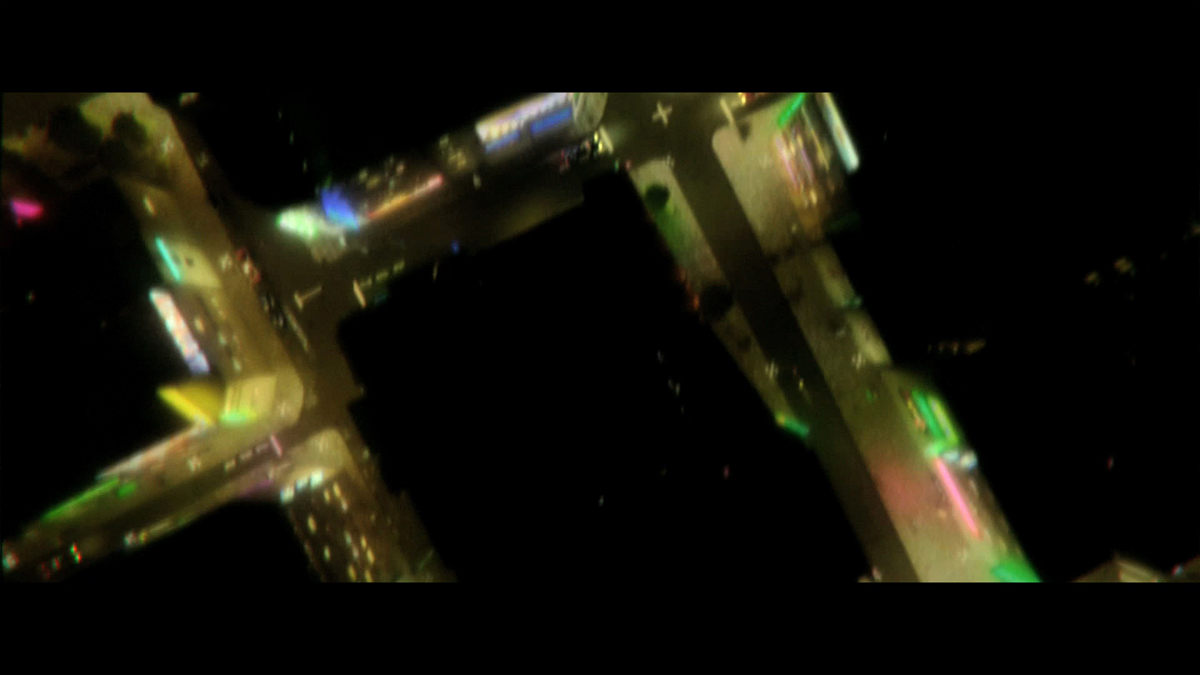 |
How did you recreate the many sets of the film and the city of Tokyo?
For Oscar’s mind traveling from one place to another, a BUF supervisor took photos of different streets and apartments in Tokyo. The editor in Paris assembled them. We then modeled all the locations and the streets and placed them so that they were all connected and so that we could make camera movements. We finally added some CG crowds characters and CG cars to give life to the scenery. These connections involve 20 minutes of the film.
For the flight at high altitude that ends up in the plane, we begun by setting up the trajectory with images taken from a helicopter shot in video. We then modeled all the overflown areas and used the photos to recreate the texture. To give a dreamlike quality to these images, we increased the presence of colored neon lights, reflection of wet sidewalks, the darkness of the roofs compared to those in reality. It gave rise to a continuous shot of 5 minutes.
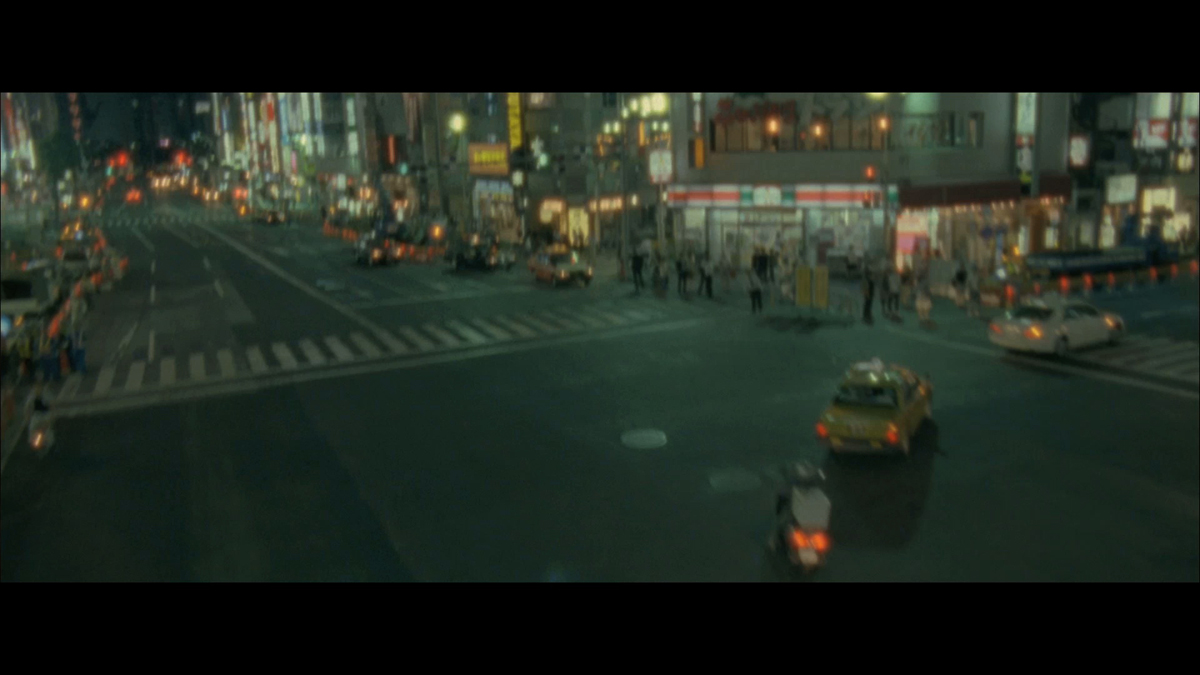 |
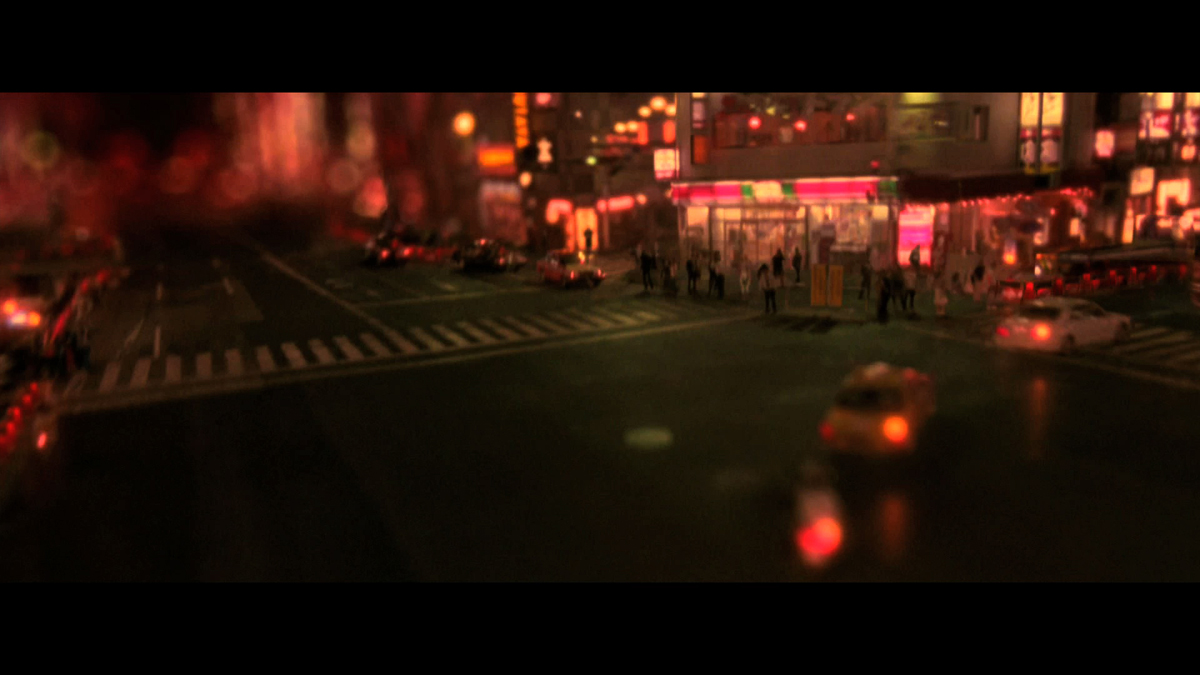 |
Can you explain in detail the creation of the shot when Oscar leaves his body after his death?
– The starting element is a 35mm plate. A subjective view of Oscar fallen in the toilet. We still see his hand in the foreground.
– We take advantage of his deteriorating eyesight (fuzzy pumping, degradation of the image, to connect to the 16mm used for the other part of the movie) to make a smooth transition with a set in 3D.
– The vision becomes, through a series of pulses, X-ray vision which allows us to go through Oscar’s head entering through his eyes to the back of his skull by guessing the organs. We can even guess the policemen growing restless behind the door.
– Once out of the skull, we connect to a 16mm plate where we see Oscar from behind.
– The camera is then drawn by the lamp on the ceiling, during this movement we go back to 3D.
– To emphasize that this light is a doorway to another world, we have largely augmented the reflection in this scene, creating a feeling of infinite space, tiled walls repeating each other as in a hall of mirrors at a fairground.
– The camera continues to climb towards the light to enter the first mandala.
Have you developed specific tools for this movie?
No, because we already had everything we needed. However we have written special lens shaders to calculate the spherization preceding the entries into colored lights.
What was the biggest challenge on this project?
Managing the amount of effects and images. Just one example: after the screening at Cannes, it was necessary to add an overlay of disturbances on the film. More than a hundred different effects had been proposed to the director, like mixing chromatic aberrations, blur changes, duplication… Gaspar choose three of them which we applied to the entire film. This enabled him to time, meter, and mix them during editing. We then made the conformation. In terms of logistics we quadrupled the weight of the DPX LOG images (more than 10 hours of footage).
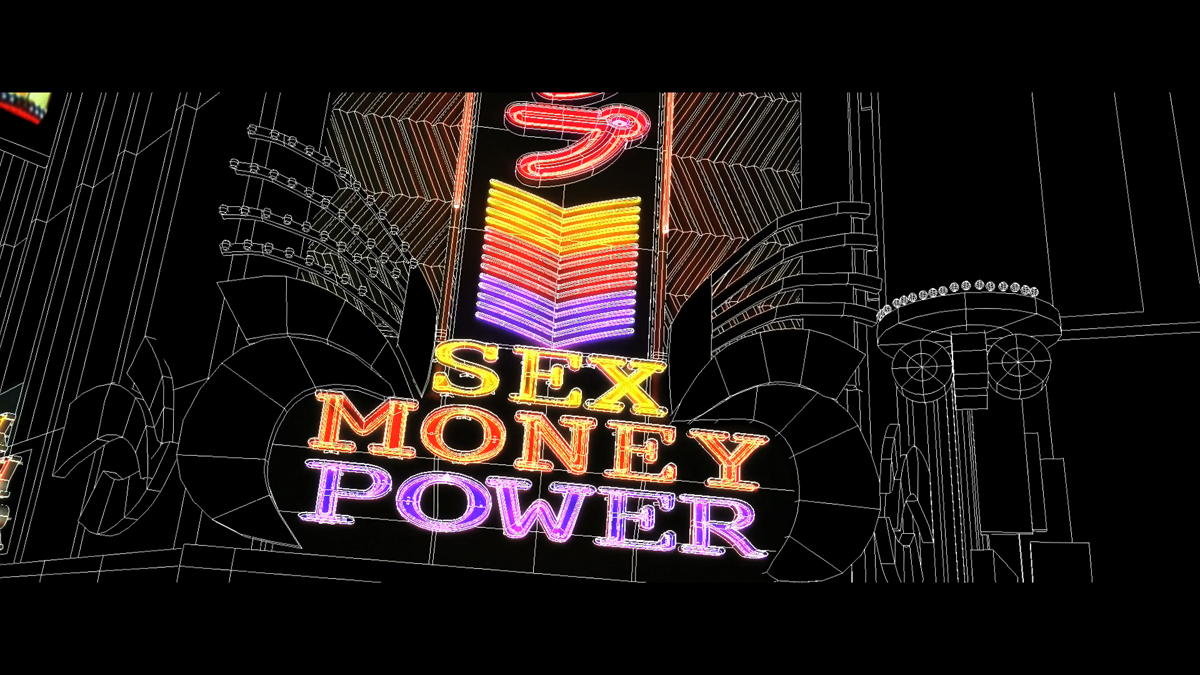 |
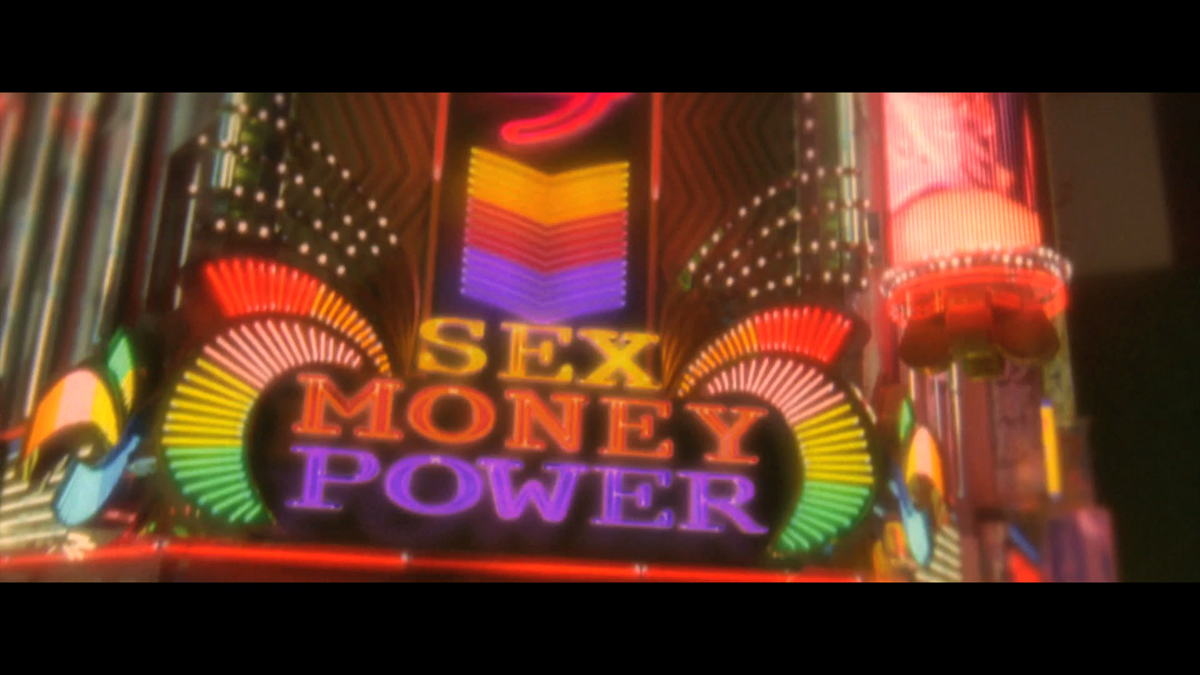 |
Was there a shot or a sequence that prevented you from sleeping?
If you mean literally, they are all a little guilty. The amount of effects and images to manage often pushed us to stay in the office when it was time to sleep…
If you mean a more complicated sequence, it was probably the first mandala (the white light following Oscar’s death) which caused us the most trouble. From the beginning, Gaspar showed us the movie LAPIS directed by James Whitney, which he included in his cut while awaiting our proposals. He wanted something different, but as rich and hypnotic. We tried a lot of very different things for a long time without successfully convincing him. It was finally re-shot using an early principle (salt placed on a metal plate that vibrates with a bass). We recomposed these elements to attain a result that is quite close to the reference from which we were trying to distance ourselves.
What are your pipeline and your softwares at Buf?
BUF only uses in-house software.
– Complete 3D pipeline from modeling to rendering
– 2D/3D compositing and paint software
– Complete batch process manager
– Player with realtime 2K color management
– Production Management Tools
How long have you worked on this film?
The project lasted 2 years, including the shooting, but the huge part of the work was done during the six months before the Festival of Cannes.
How many shots have you made and what was the size of your team?
It’s difficult to talk about a number of shots, much of the film consisting of SEQUENCE SHOTS. The first part, for example where we share Oscar’s subjective vision, while he is still living, is a clip of more than 20 min … To give some numbers, our VFX cut included 390 shots, some lasting more than 5 min. There is more than half an hour of full CG. We treated the entire film, that represents 2 hours 40!
The team size has varied during production. The peak was reached before Cannes with about fifty artists.
What is your next project?
After ENTER THE VOID, I supervised the effects of ADELE BLANC SEC directed by Luc Besson (Europa). Then I had the chance to co-produce with Moebius, a animated short film adapted from one of his comics: LA PLANÈTE ENCORE (Angle & Fine Productions). Currently, I’m working on THOR directed by Kenneth Branagh (Marvel) as technical director.
A big thanks for your time.
// WANT TO KNOW MORE?
– BUF: Dedicated page about ENTER THE VOID on BUF website.
– fxguide: Interview of Geoffrey Niquet on fxguide.
// ENTER THE VOID – TRAILER
© Vincent Frei – The Art of VFX – 2011




